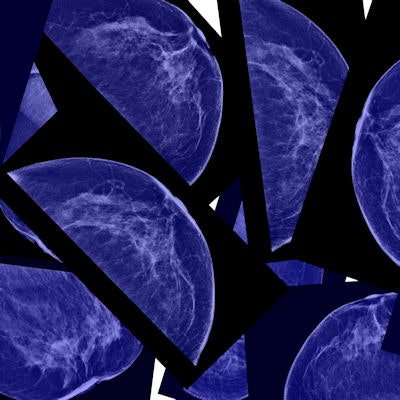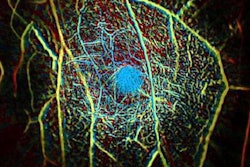
A study published January 9 in the Journal of the American Medical Association that explored reasons for the reduction in breast cancer mortality in recent decades did not include sufficient follow-up data, according to a response letter published in the journal June 12.
In the original research, a team led by Sylvia Plevritis, PhD, from Stanford University School of Medicine found that the combination of advances in mammography screening and improvements in breast cancer treatment reduced breast cancer mortality by 49% in 2012, compared with the number of deaths that would have occurred with no screening and no treatment.
But in a response letter, Hsiu-Hsi Chen, PhD, from National Taiwan University in Taipei stated that the study used an insufficient follow-up time, which could skew its results. Plevritis and colleagues used a study period of 12 years.
"A sufficiently long follow-up period is needed to evaluate the true effect of screening on mortality from breast cancer because it takes decades to accumulate all screen-prevented breast cancer deaths," Chen wrote. "Relying on short follow-up time may particularly influence the analysis of full-field digital mammography" (JAMA, June 12, 2018, Vol. 319:22, pp. 2335-2336).
Chen also criticized Plevritis and colleagues for evaluating screening and treatment by molecular subtype -- an unreliable measure, he wrote -- and believes the group did not have satisfactory data on the mode of detection (that is, whether women were exposed to screening or not).
All of these concerns are unfounded, Plevritis and colleagues responded.
"We used the longest follow-up times available from clinical trials and observational registries," they wrote. "Second, Chen describes our study as 'deceptive' because it relied on molecular subtype. ... [But] knowing the molecular subtype of screen-detected and interval-detected cancers is critical when evaluating screening benefits. [Finally], Chen implies that we did not have reliable information on the mode of detection. This is not true. We used data from the Breast Cancer Surveillance Consortium on the mode of detection for over 2 million women undergoing screening."




















